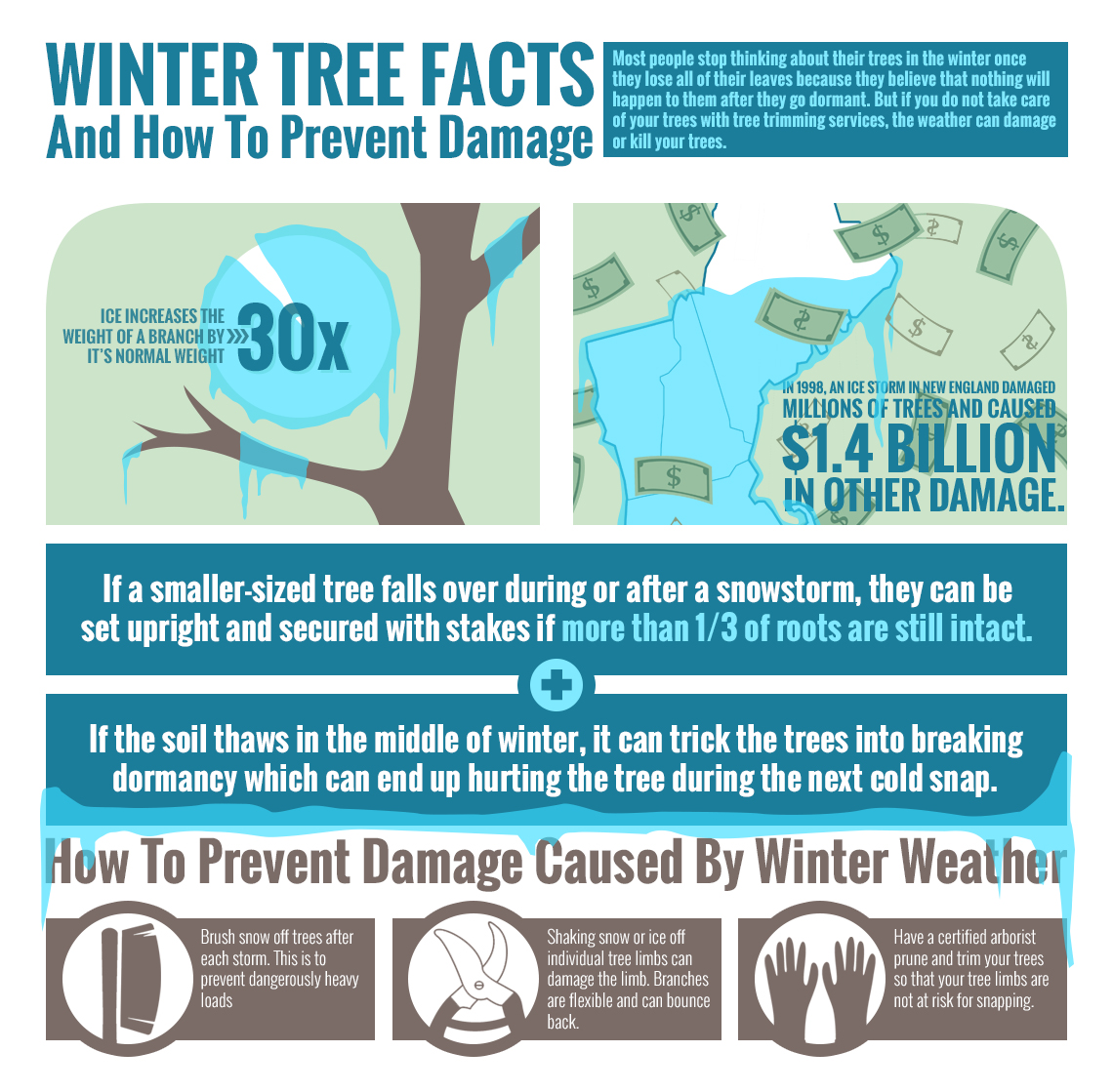Post-Tree Removal Treatment Is Vital For Landscape Remediation; Discover Essential Steps To Renew Your Area And Stop Future Concerns
Post-Tree Removal Treatment Is Vital For Landscape Remediation; Discover Essential Steps To Renew Your Area And Stop Future Concerns
Blog Article
Material By-McMillan Cho
After a tree's removal, your landscape might look quite different, and it's necessary to examine the aftermath carefully. You'll want to review the dirt disturbance and examine bordering plants for any kind of indicators of anxiety. Disregarding these elements can lead to bigger troubles down the line. So, what should you finish with those stumps and origins? And how do you select the most effective plants for your rejuvenated area? Let's discover https://www.5280.com/2019/03/how-to-love-your-landscape/ .
Analyzing the Consequences: Examining Your Landscape
After a tree removal, it's critical to examine your landscape to recognize the effect it has on your backyard.
Begin by checking out the area where the tree stood. Seek indicators of soil disruption, and check the surrounding plants for any type of tension or damages.
You need to additionally take note of just how the removal has changed sunlight exposure and air flow in your garden. This change can affect the development of close-by plants, so it's essential to review their health and wellness.
Consider the visual facets too; the elimination could create an open space that you can revamp.
Ultimately, think of any kind of possible disintegration problems that might arise from the tree's absence. Attending to these elements early will assist bring back balance to your landscape.
Handling Stumps and Roots: Options for Removal
When you've examined the consequences of the tree removal, you'll likely need to tackle the stump and origins left behind.
You have a couple of options for removal. One effective technique is stump grinding, where a professional uses an equipment to grind the stump down to below ground degree. This method leaves very little disruption to your landscape.
If you favor a do it yourself technique, you can make use of a mix of digging and chemical stump eliminators. Simply remember, this procedure can take time and initiative.
Alternatively, consider leaving the stump as a natural attribute, which can serve as a special yard element or habitat for wildlife.
Whatever you select, addressing the stump and roots is essential for recovering your landscape.
Choosing the Right Plant Kingdoms for Your New Area
As you assess your recently removed area, picking the right plants can substantially improve your landscape's charm and capability.
Beginning by taking into consideration the sunshine and soil conditions. For Read the Full Write-up , choose drought-resistant plants like lavender or succulents. In shaded spots, ferns and hostas grow well.
Think about the dimension and development habits of your plants; mix perennials and annuals for seasonal variety. Don't fail to remember to include native types; they require much less upkeep and assistance local wild animals.
Team plants in odd numbers for a much more natural look and produce layers for visual deepness.
Lastly, ensure you have a mix of shades and appearances to keep your landscape lively throughout the seasons.
Satisfied planting!
Verdict
In conclusion, restoring your landscape after tree elimination is a satisfying process. By analyzing the aftermath, attending to stumps and origins, and picking the right plants, you'll develop a thriving environment. Don't forget to include erosion control procedures to shield your dirt. With a little initiative and care, you can change your room into a dynamic garden that boosts your home. Accept the possibility to rejuvenate your landscape and appreciate the elegance of nature right in your backyard!
